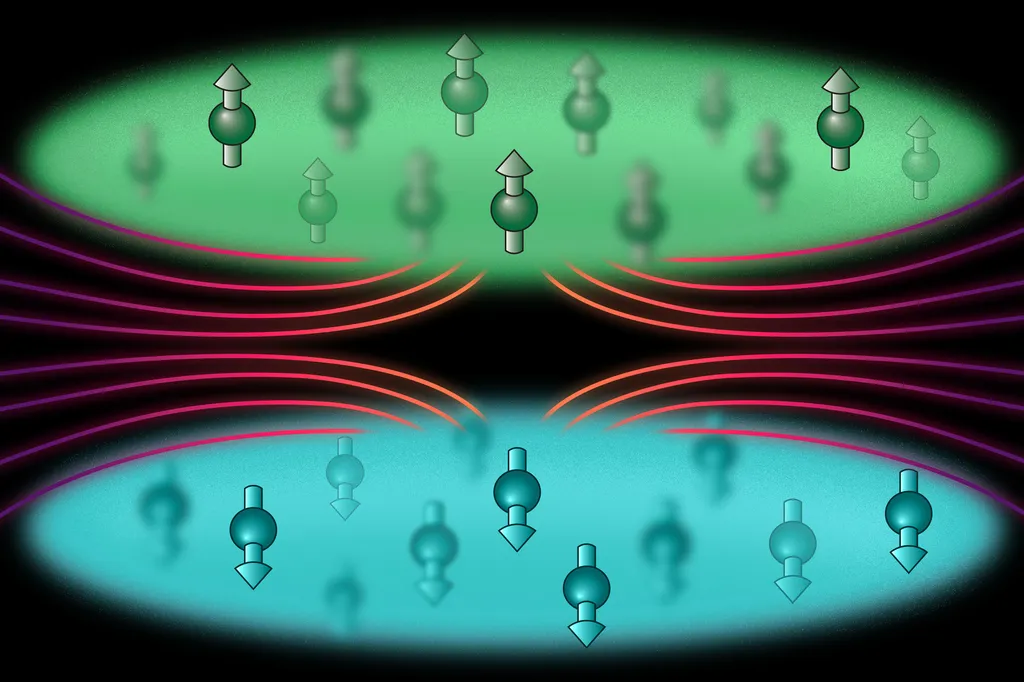In the realm of energy and medical research, a notable study has emerged from the work of Marc Benjamin Hahn, a researcher delving into the intricacies of radiation chemistry. Hahn is affiliated with the Helmholtz-Zentrum Dresden-Rossendorf, a renowned institution in Germany known for its contributions to energy and health research.
The study focuses on the radiation chemistry of water when exposed to ultra-high dose-rates (UHDR), a phenomenon crucial for understanding the FLASH effect. The FLASH effect refers to the sparing of healthy tissue during cancer treatment, which could revolutionize radiotherapy. However, even the simplest model systems, such as water irradiated at varying dose-rates, present challenges. Recent experiments have reported discrepancies in the yields of hydrogen peroxide (H2O2) when comparing conventional dose-rates to UHDR. These findings contradict older experiments and current Monte-Carlo simulations, prompting Hahn to investigate the reasons behind these inconsistencies.
Hahn’s research reviews both recent and classical literature, covering a range of radiation sources including gamma rays, high-energy electrons, and heavy particles like protons and ions. The study also examines different types of water samples, including hypoxic and oxygenated water, as well as samples with cosolutes like bovine-serum albumine (BSA). The research highlights the importance of various experimental parameters, such as the solvent, sample container, and analysis methods used to determine H2O2 yields. Additionally, it discusses the parameters of Monte-Carlo simulations, noting that UHDR-induced modifications in radical-radical interactions and dynamics, not governed by diffusion processes, may cause discrepancies.
To address these issues, Hahn suggests approaches to test different models, aiming to move from a descriptive discourse to testable models. This shift could clarify the reasons behind the observed disagreements and advance the understanding of UHDR effects. The practical applications of this research for the energy sector include improving the safety and efficiency of radiation-based technologies, as well as enhancing the understanding of radiation chemistry for nuclear energy applications.
The research was published in the journal “Radiation Physics and Chemistry,” a reputable source for studies in radiation science. This work underscores the importance of rigorous experimental and simulational methods in advancing our understanding of radiation chemistry, ultimately benefiting both the energy and medical fields.
This article is based on research available at arXiv.

